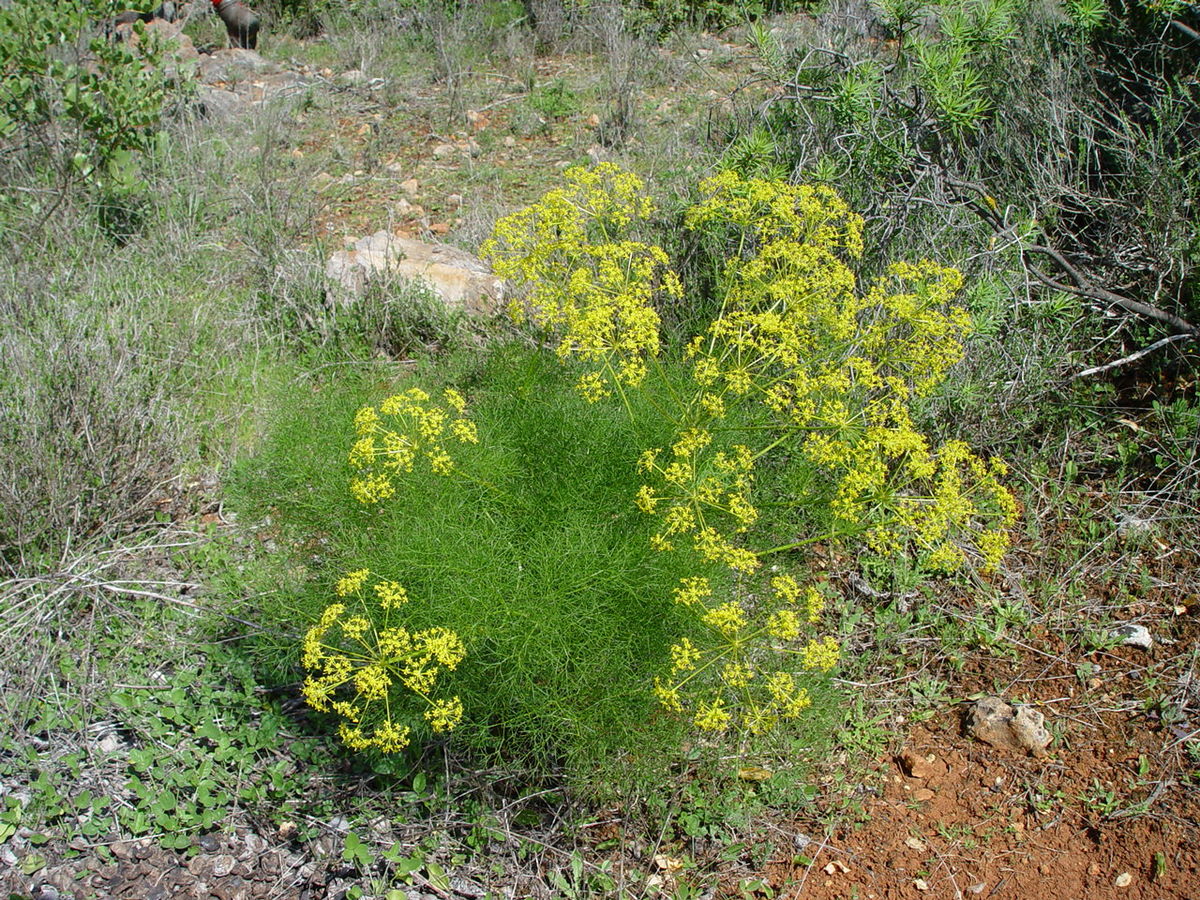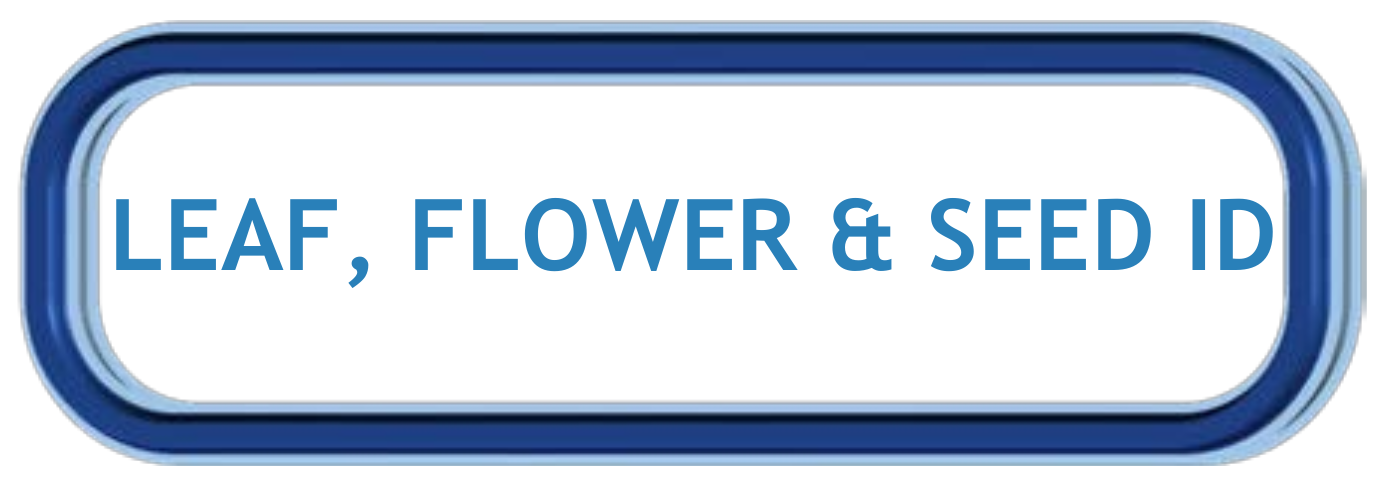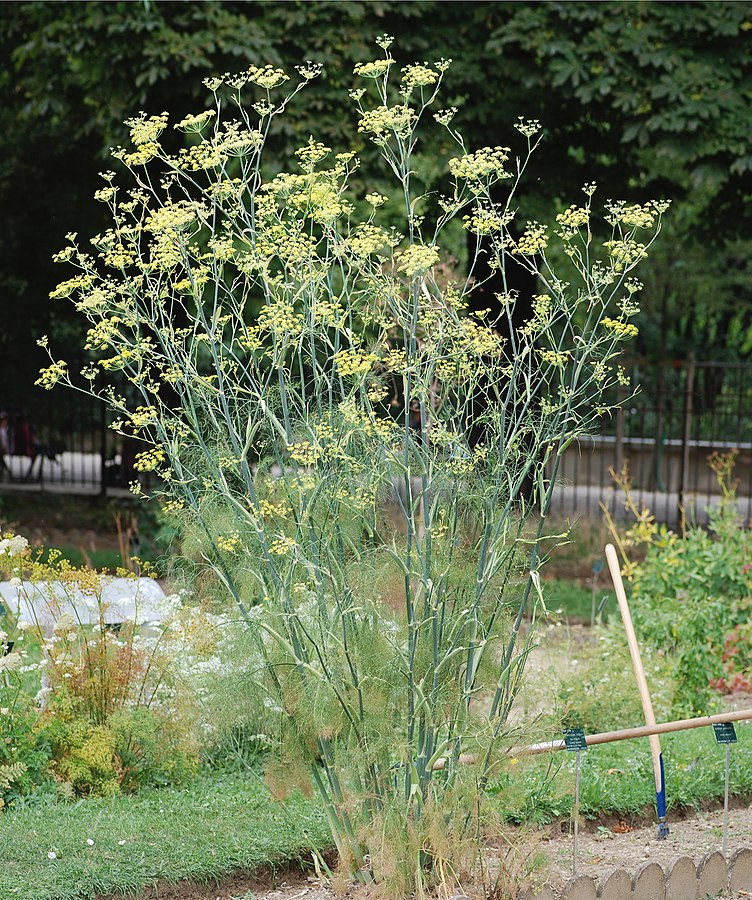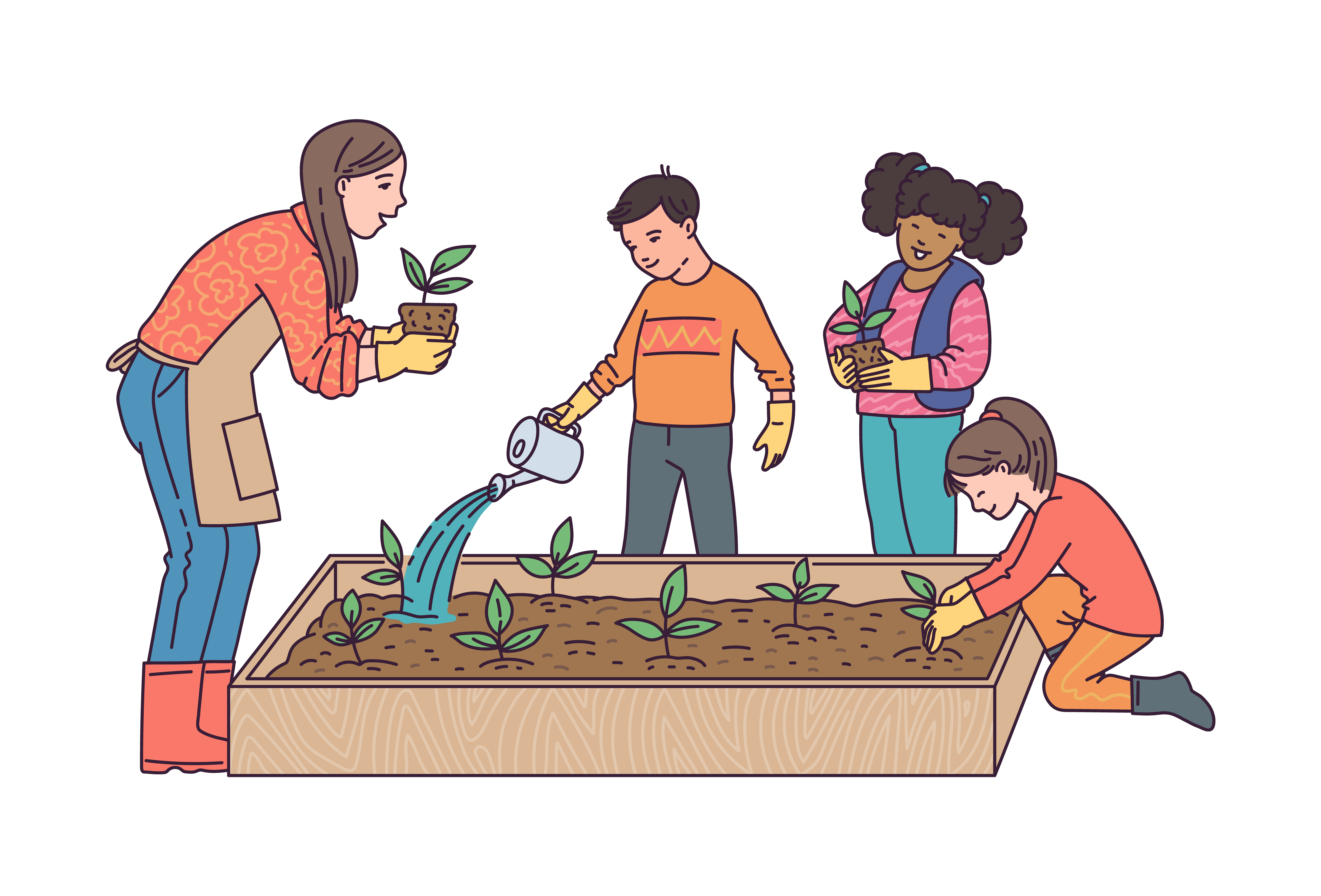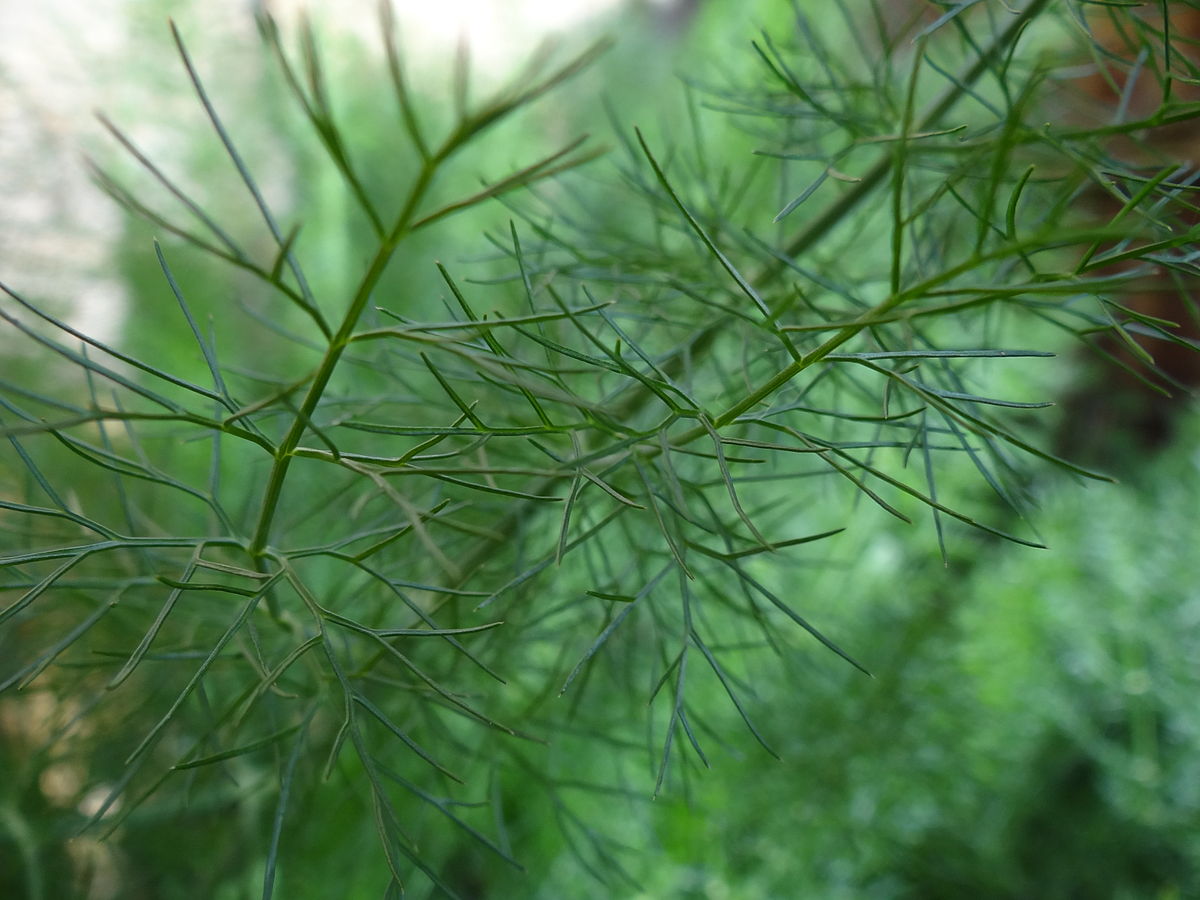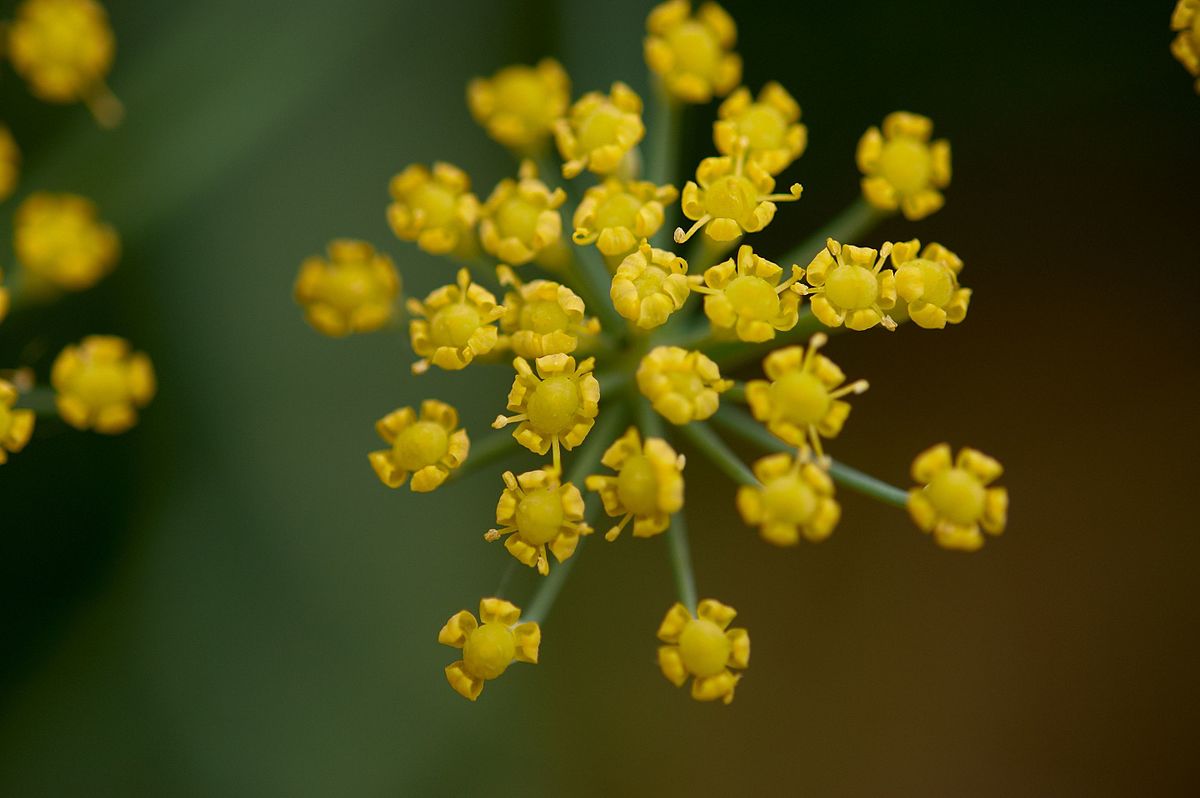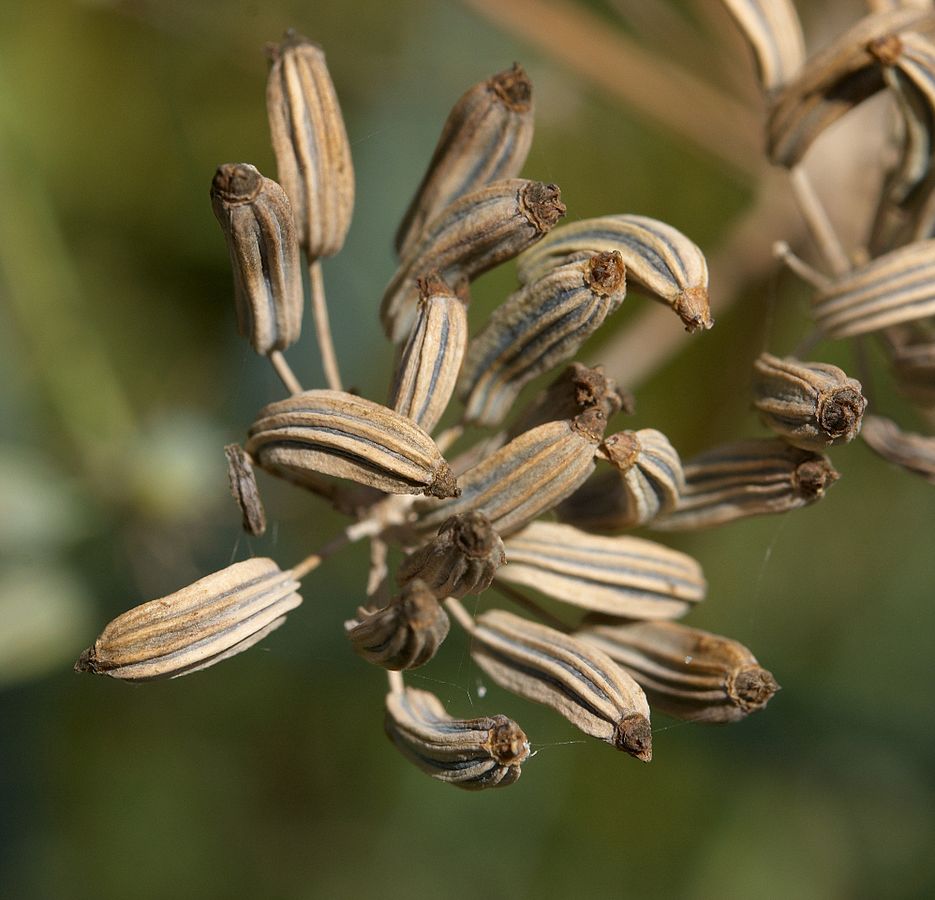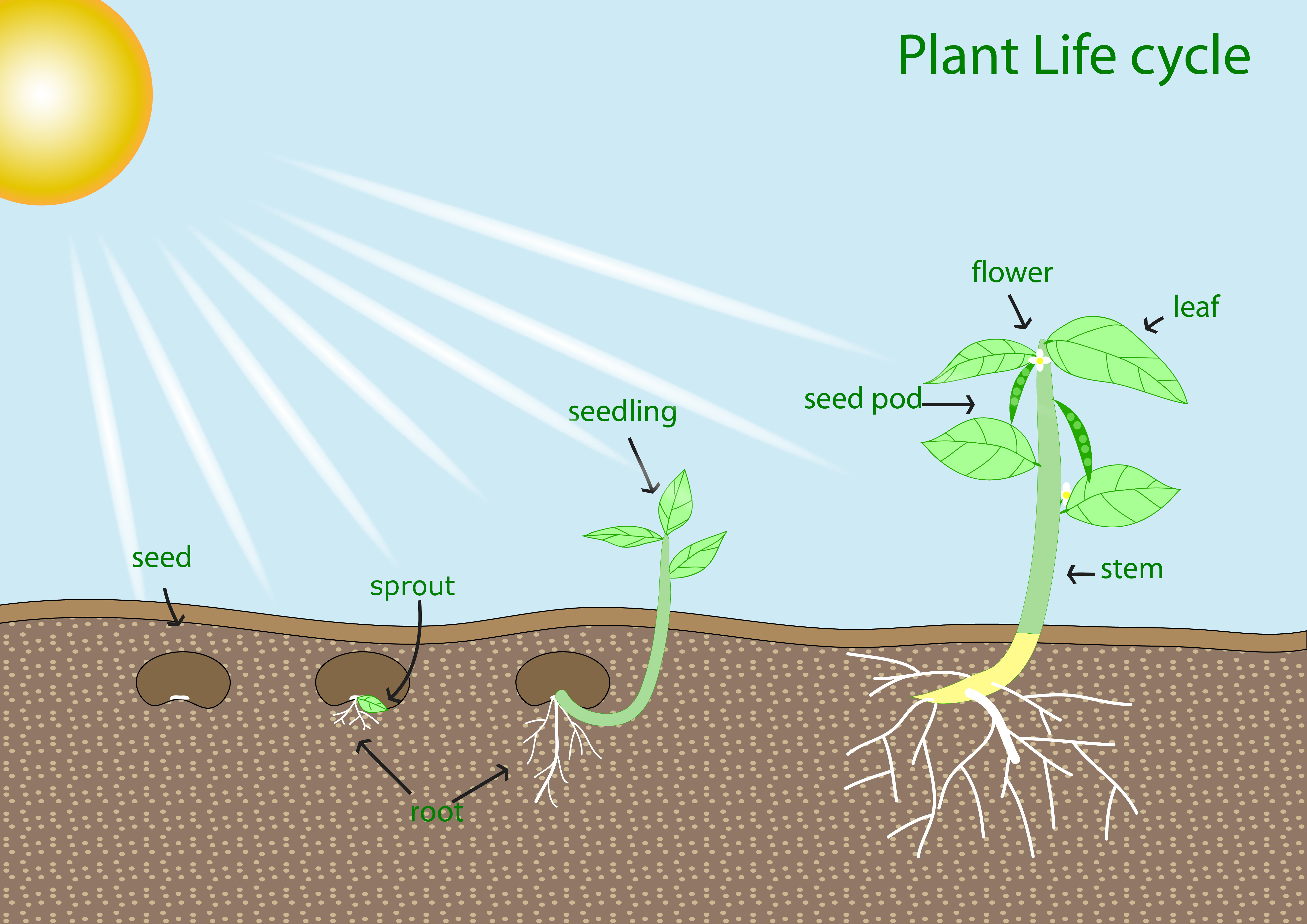Dig into Plants: Fennel
Fennel Other Common Names: Sweet Fennel, Common Fennel, Wild Fennel Scientific Name: Foeniculum vulgare Alternate Non-Native Non-invasive Species: Bronze Fennel (Foeniculum vulgare) Native to Alabama: No, (non-native, non-invasive) |
|
Wikimedia Carsten Niehaus Click on image to enlarge it |
Learn more about...
| Ecological Benefits |
| This plant provides food for: | |||
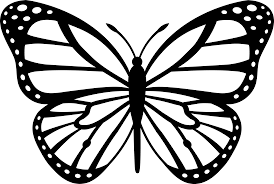 |
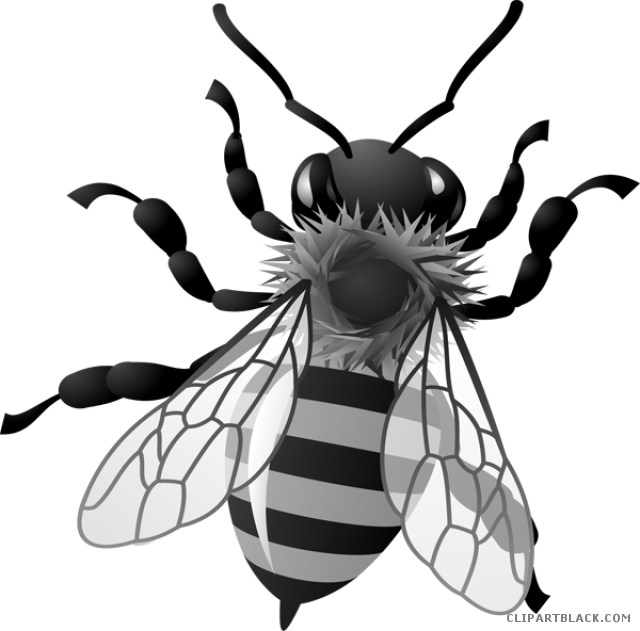 |
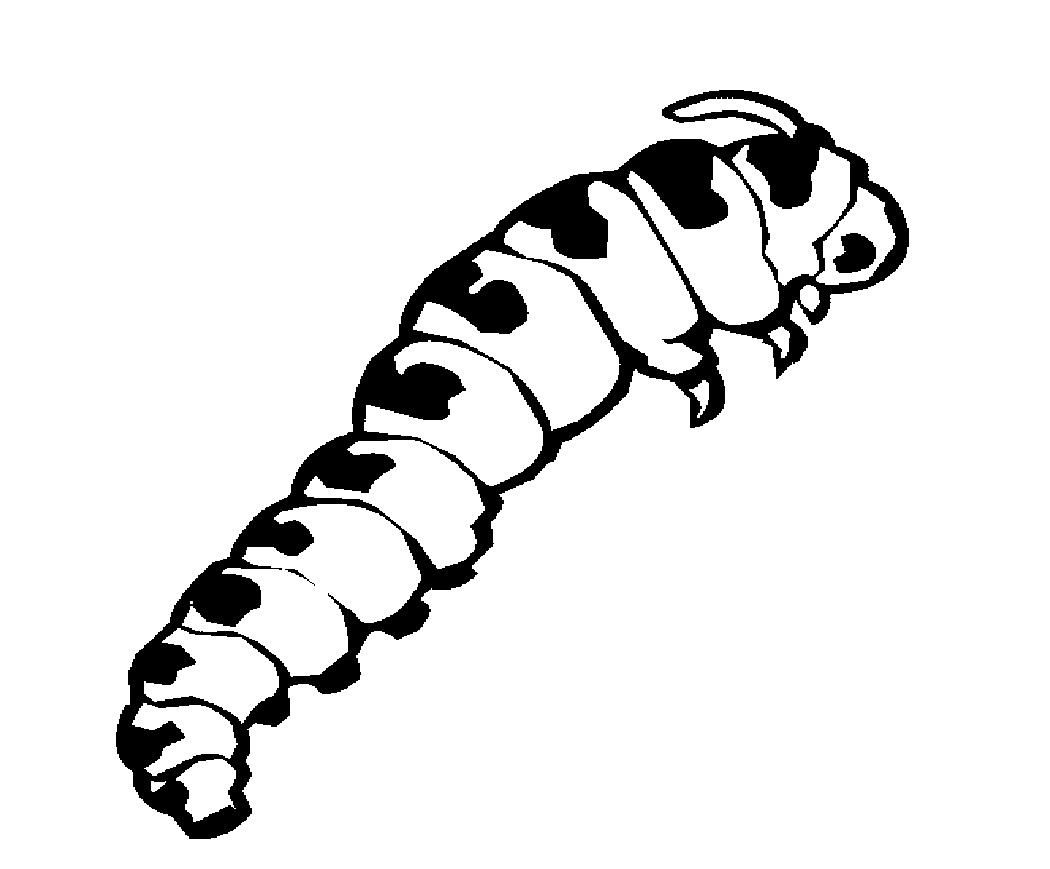 |
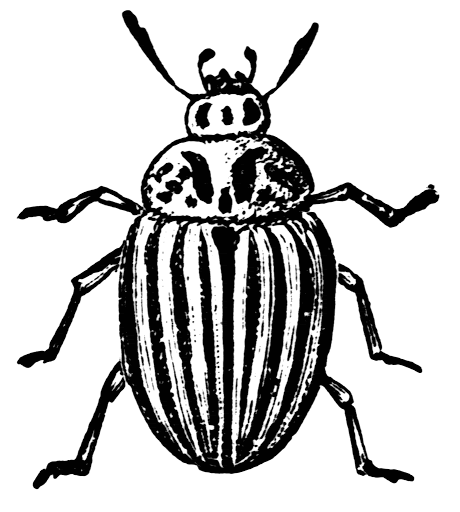 |
| Butterflies | Native Bees | Caterpillars | Other Pollinators |
| Black Swallowtail | |||
| Habitat Requirements | |||
| This plant prefers: | |||
|
(6+ hours of sun per day) |

Average Watering
|
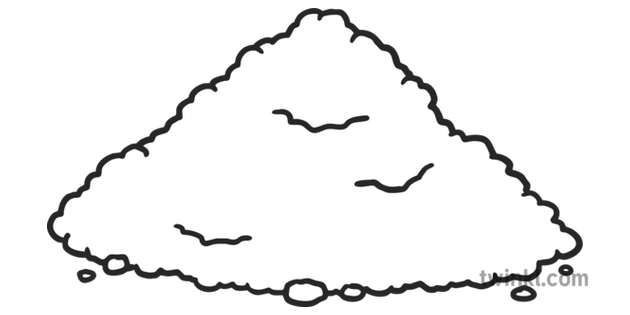 Well-drained, Clay Well-drained, ClaySoil |
|
| Leaf, Flower & Seed Identification | ||||
| LEAF DESCRIPTION |
Wikimedia
Petruss Click on image to enlarge it |
|||
| Leaf Characteristics Chart (JPG) | ||||
| Shape: Linear |
Margin: Entire/Smooth |
Arrangement: Alternate |
Form: Pinnately compound |
|
|
|
|
|
|
|
| Description: | ||||
| Leaves are finely divided, feathery, yellow-green, aromatic, with needle-like linear segments; foliage is purplish-bronze, fading to dark green with age | ||||
| FLOWER DESCRIPTION |
Wikimedia
Wouter Hagens
Click on image to enlarge it |
|||
| Flower Shapes Chart (JPG) | ||||
| Color: Yellow |
Shape:
Tubular
|
Bloom Months: June - July |
||
| Description: | ||||
| 20-50 small flowers on short pedicels (stalks) in umbrella-like cluster at end of hollow stem | ||||
| SEED DESCRIPTION |
Wikimedia
Wouter Hagens Click on image to enlarge it |
||
| Type: Fruit - Dry Seed Pod |
Description:
aromatic (distinct smell), small, greenish brown to yellowish brown, ovals with 5 ridges running lengthwise; dry but does not split open when ripe
|
Months in Seed: Late Summer - Fall |
|
| Plant spreads by: | |||
| Seeds Will self-seed and spread if seed heads are not cut after flowering. |
|||
ADDITIONAL RESOURCES FOR TEACHERS
| Quick Fact Sheet (Condensed Species Info) |
Plant ID Sign: Ready as-is PDF |
Plant ID Sign: Editable Word Doc |
QR Code (Links to this Webpage) |
INFORMATION SOURCES FOR THIS PLANT
|
|
|
|
|
|
 |
|
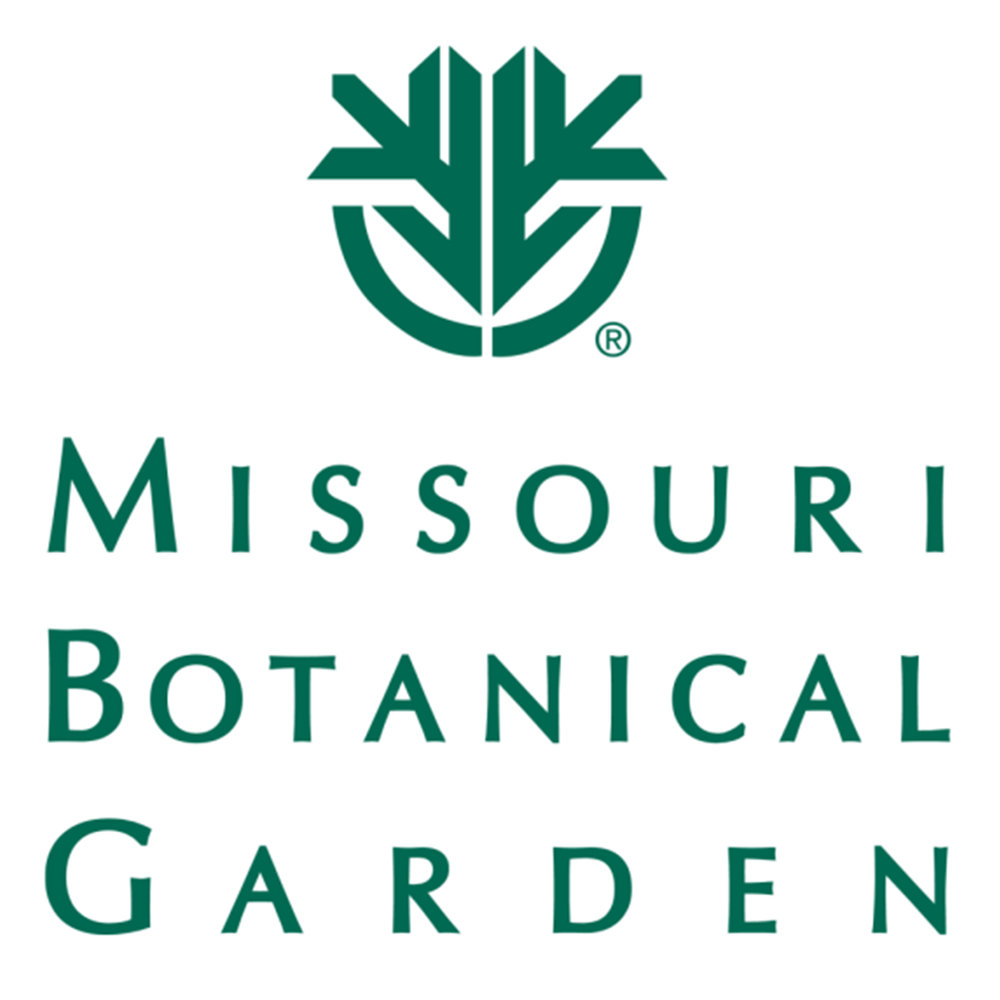 |
 |
.
 Wildlife Tag
Wildlife Tag
